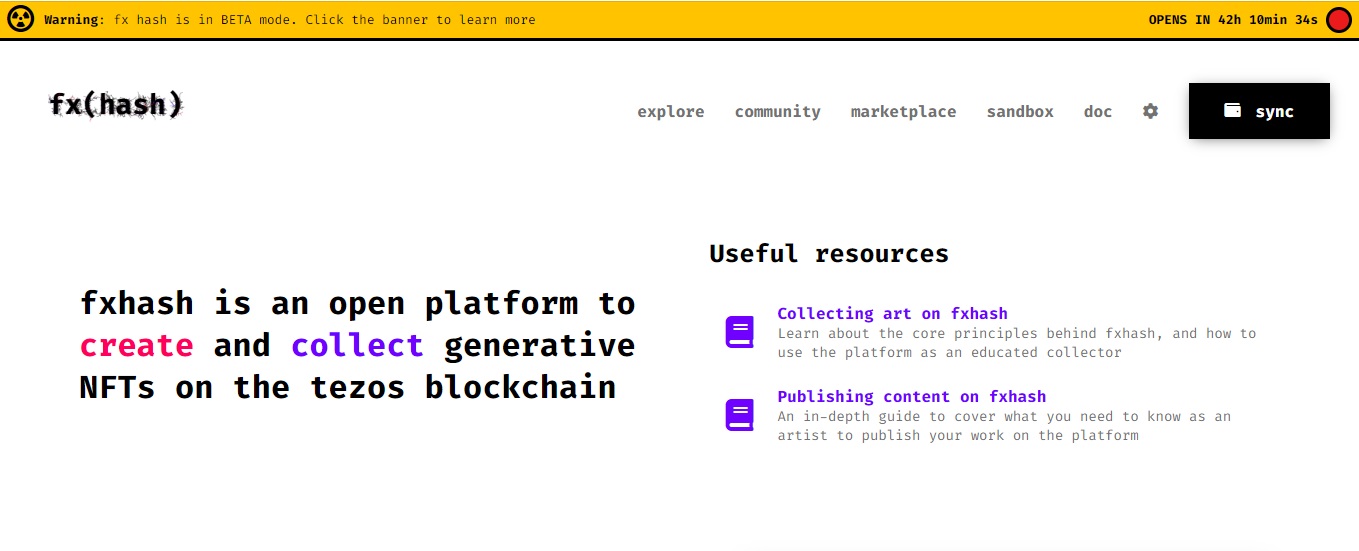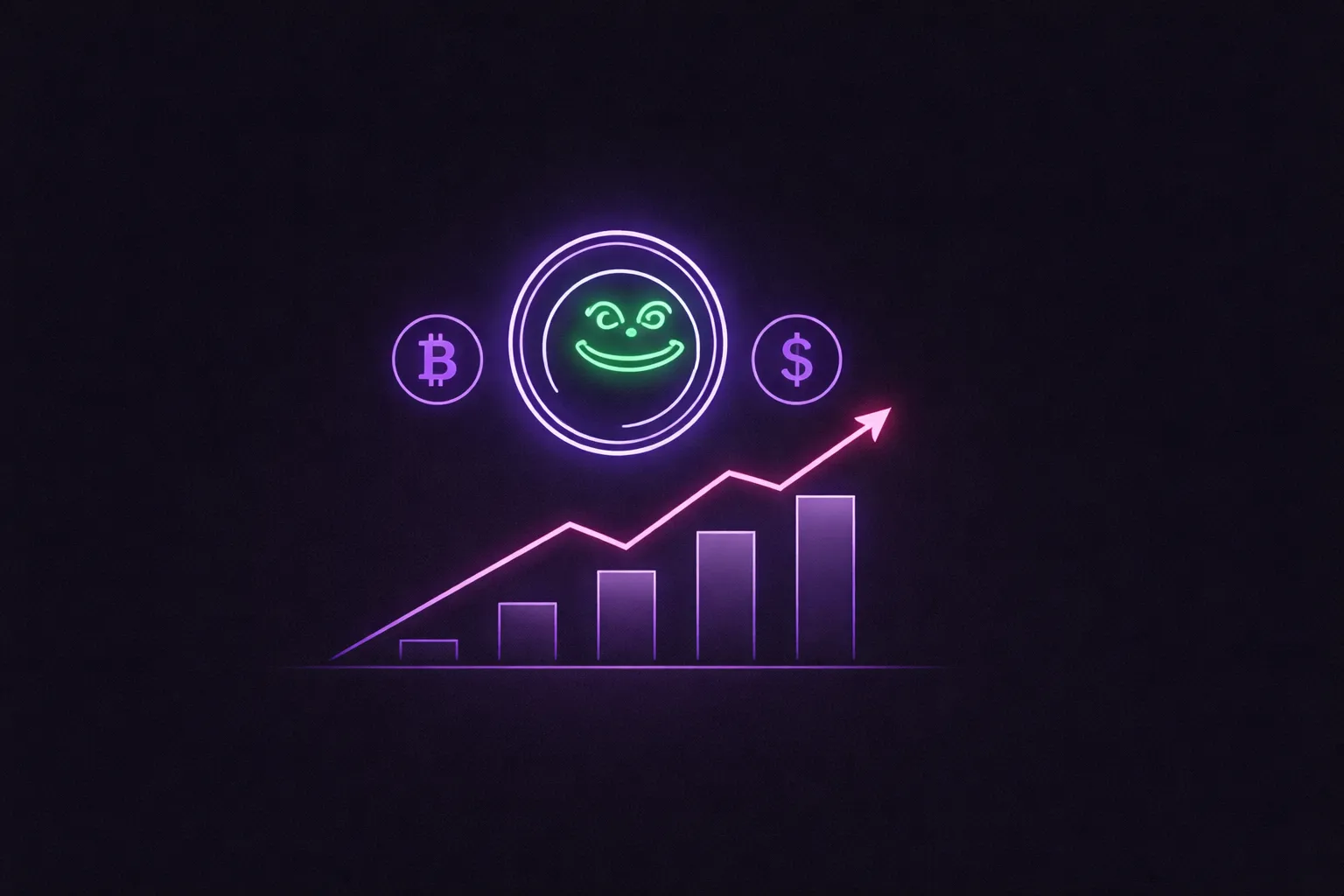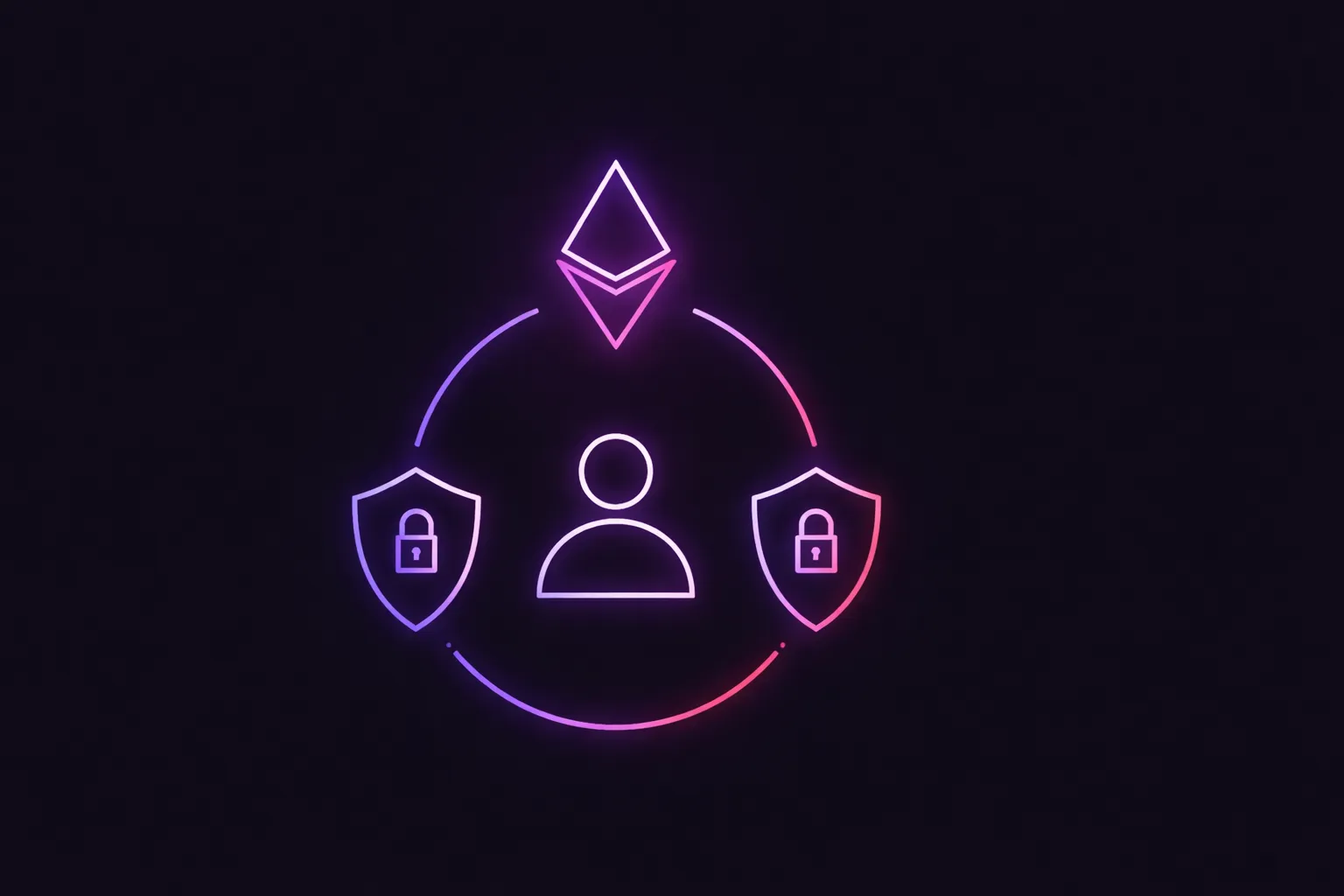fxhash — an open platform where artists can publish generative tokens, stored on the Tezos blockchain.

About the fxash project
Generative tokens — programs, designed to generate random results. Once the generative token is enabled (at the discretion of the artist), anyone with a tezos wallet can create their own unique iteration of the generative token. Each iteration creates a unique piece, stored as an NFT on the tezos blockchain. NFTs are FA2 compatible, which means they can be traded like any other NFTs, anywhere in the tezos ecosystem.
A random hash is generated and injected into the project, provided by the artist. Each generated token is independent, self-contained and immutable. If fxhash goes down, fxhash token holders will still be able to open their tokens and see them in their browsers.
Usage features:
| 1 | To interact with fxhash smart contracts, you will need a tezos wallet. You can find available wallets on the tezos website. |
| 2 | If you have a wallet and a tezos address, you can sync your wallet with fxhash by clicking the sync button. |
| 3 | You will need to send tezos to your address in order to purchase tokens on the platform. This can be done through various exchange platforms such as coinbase, kraken or coinhouse. |
fxhash follows cycles of discovering new content. While you can create unique iterations at any time, artists can only publish new generative tokens during business hours. This gave the servers some time to catch up with the signing process. However, the community noted that the mechanic itself was quite interesting as it could give a timeline so that collectors and artists could congregate at the same time and wait for new content to be added to the platform.
The future of an nft platform
Once the beta platform reaches a stable state, developers will start implementing the next version of smart contracts and integrating them into the main website. This step includes auditing such contracts to keep users safe over time. The new smart contracts will provide most of the desired features as most of them require contract updates. Integrating the new contracts into the indexer, API, and frontend will also play an important role, as the old contracts will need to coexist with the new ones.







